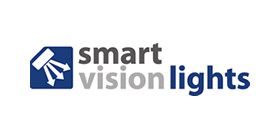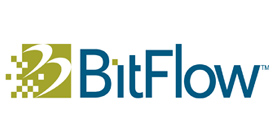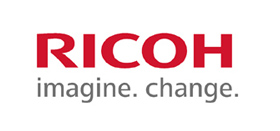Since its inception in the 1980s, machine vision has concerned itself with two things: improving the technology’s power and capability and making it easier to use. Today, machine vision is turning to higher-resolution cameras with greater intelligence to empower new automated solutions both on and off the plant floor — all with a simplicity of operation approaching that of the smartphone, which significantly reduces engineering requirements and associated costs.
And, just like in other industries which are benefiting from rapid advancements in technology like big data, the cloud, artificial intelligence (AI), and mobile, so too will manufacturers, logistics operations, and other enterprises benefit from three key advances in machine vision for automation.
Rapidly Improving Sensor Technology
While 1-, 2-, and 5-megapixel (MP) cameras continue to make up the bulk of machine vision camera shipments, we’re seeing considerable interest in even higher-resolution smart cameras, up to 12 MP. High-resolution sensors mean that a single smart camera inspecting an automobile engine can do the work of several lower resolution smart cameras while maintaining high-accuracy inspections.
Cognex’s patent-pending High Dynamic Range Plus (HDR+) image processing technology provides even better image fidelity than your typical HDR. It will help smart cameras inspect multiple areas across large objects where lighting uniformity is less than ideal. In the past, lighting variations could be mistaken for defects or the feature was not even visible. Today, HDR+ helps reduce the effects of lighting variations, enabling applications in challenging environments that were beyond the capability of machine vision technology just a few years ago.
While advanced smart cameras run HDR+ technology on field-programmable gate arrays (FPGAs) to improve the quality of the acquired image at frame rate speeds, complementary sensor technology, such as time-of-flight (ToF) sensors, are being incorporated to enable “distance-based dynamic focus”. The new high-powered integrated torch (HPIT ) image formation system, using ToF distance measurement and high-speed liquid lens technology, are also making an impact by enabling dynamic autofocus at frame rate.
The newest barcode readers incorporate HPIT capability for applications such as high-speed tunnel sortation and warehouse management in situations where packages and product size can vary significantly, requiring the camera to quickly adapt to different focal ranges.
Integration with Deep Learning
Just like AI’s impact in other industries, deep learning vision software for factory automation is allowing enterprises to automate inspections that were previously only able to do manually or more efficiently solve complex inspection challenges that are cumbersome or time-consuming to do with traditional rule-based machine vision.
The biggest use driving the investment in deep learning is the potential of re-allocating, in many cases, hundreds of human inspectors with deep learning-based inspection systems. For the first time, manufacturers have a technology that offers an inspection solution that can achieve comparable performance to that of a human.
One example of how deep learning will benefit organizations is in defect detection inspection. Every manufacturer wants to eliminate industrial defects as much as possible and as early as possible in the manufacturing process to reduce downstream impacts that cost time and money.
Defect detection is challenging because it is nearly impossible to account for the sheer amount of variation in what constitutes a defect or what anomalies might fall within the range of acceptable variation. As a result, many manufacturers utilize human inspectors at the end of the process to perform a final check for unacceptable product defects. With deep learning, quality engineers can train a machine vision system to learn what is an acceptable or unacceptable defect from a data set of reference pictures rather than program the vision system to account for the thousands of defect possibilities.
The Internet of Things
An important development for smart camera vision systems enabling Industry 4.0 initiatives is Open Platform Communications Unified Architecture (OPC UA). With contributions from all major machine vision trade associations around the world, OPC UA is an industrial interoperability standard developed to help machine-to-machine communication.
Combined with advanced sensor technology and trends such as deep learning, OPC UA will help transition machine vision technology from a point solution to bridge the industrial world inside the plant and the physical world outside it. Today, vision systems and barcode readers are key sources of data for modern enterprises.
ALSO READ: WHAT ARE THE BENEFITS OF CMOS BASED MACHINE VISION CAMERAS VS CCD?
Back to All Robotics and Autonomous Systems Articles, Resources and News
Share This:
To Know More About Cognex Machine Vision System Cameras in India Contact Menzel Vision and Robotics Pvt Ltd Contact Us At (+ 91) 22 35442505 or Email us at info@mvrpl.com
Source - www.cognex.com
































